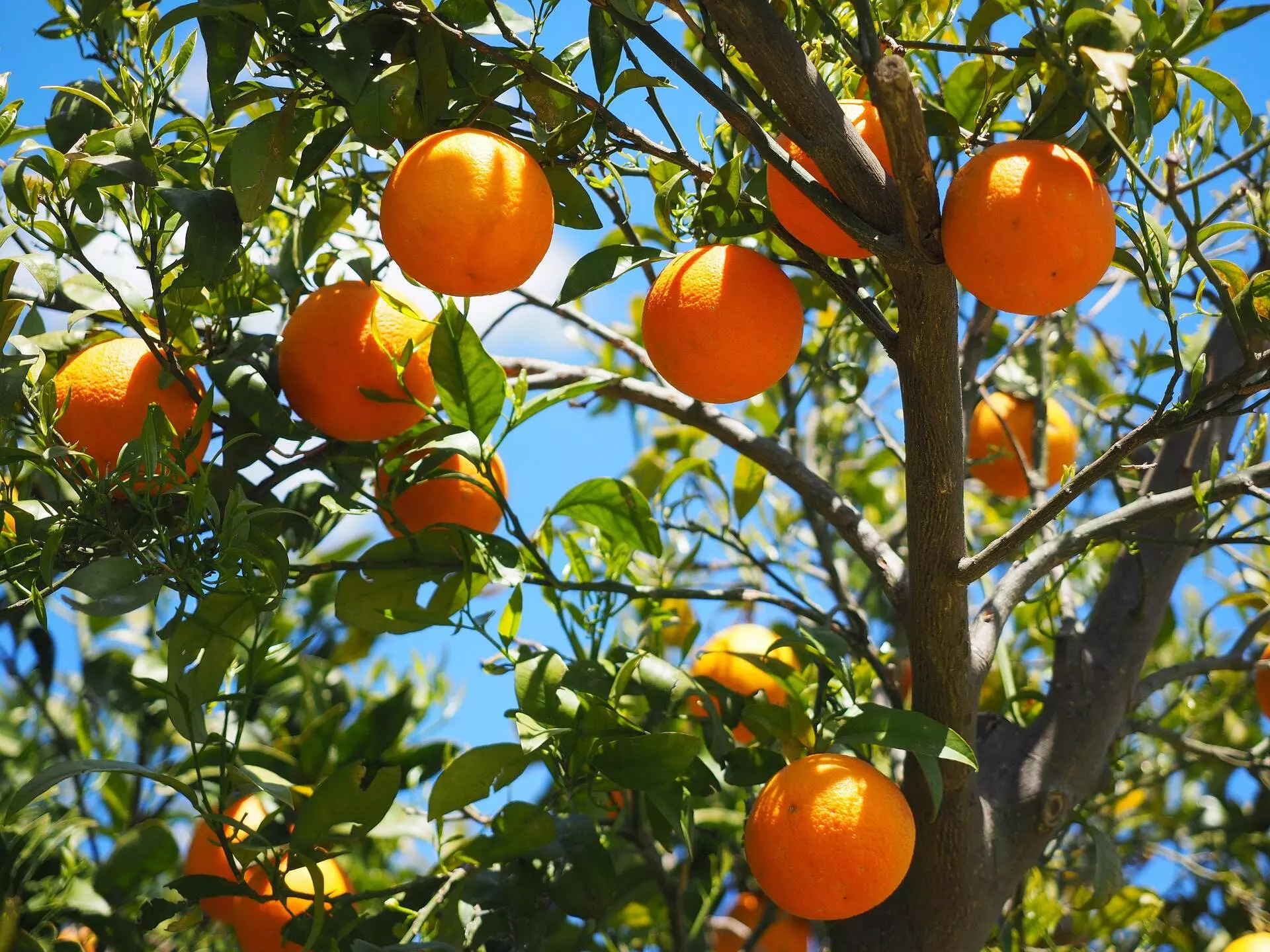The ‘orange bowl’ of Manipur
Credit to improved road network and security situation, GI-tagged Mandarin oranges — ace among the wide variety of citrus fruits grown in the Tamenglong District — have been driving economic growth and enhancing farmers’ income in the region

10 years ago, around this time, your columnist accompanied the Shaurya Chakra Awardee Col DPK Pillay, at his insistence, to the remote and beautiful district of Tamenglong of Manipur to study the potential of Citrus Reticulata Blanco Mandarin — a unique sub-tropical fruit which grows in abundance in this district of 4,400 square kilometres lying between 24°30’N and 25°27’N latitudes and of 93°10’E and 94°54’E longitudes at a height of 1,290 metres above the MSL. Tamenglong is bounded by Nagaland in the North, Churachandpur and Senapati districts in the South and East, and the state of Assam in the West.
The Colonel, who is hero worshipped by the local community for having risked his own life to save two young children who were seriously injured in a crossfire between the army and the extremist groups, was keen that in my capacity as the Mission Director of National Horticulture Mission (now Mission for the Integrated Development of Horticulture), I should study first-hand the potential of this crop in the economic transformation of the region. The initial discussions held there have not only led to organic certification by APEDA, but also a GI tag for this commodity, and made it a part of an integrated value chain. While APEDA started the National Programme for Organic Production (NPOP) in 2016, and has covered over 400-hectare acres since then, the Mission for Manipur Organic Mission Agency (MOMA) of Directorate of Horticulture applied for the GI tag in 2017 and received it on August 31, 2020. This is, in many ways, a fulfilment of a commitment made to the farmers’ of Tamenglong who had received us with abundant enthusiasm and cheer. I must confess here that when I first undertook the journey with Colonel Pillay, the district was known more for roadblocks and encounters, rather than for this
mandarin tree with long, willowy branches and the luscious oranges, which are not only delicious to eat, but also used in salads, desserts and main dishes. The current value chain includes wine, juices, candy, jam, jelly, marmalade, canning, extraction of essential oils, pectin and much more.
Manipur is considered to be one of the most verdant states for citrus genetic diversity since it is adjoined to Myanmar where maximum landraces of citrus have been found. Manipur also has a proliferation of different strains of rough lemon and semi-wild species (Citrus macroptera) but the focus is on the mandarin oranges of Tamenglong district, which account for more than 80 per cent of the total orange production of the state. The soil and the climate of this hill district is quite favourable for orange growing, and almost 40 per cent of the total landmass is under orange cultivation. No wonder, it is called the “Orange Bowl” of the state.
The fruit consists of three layers:
* The outer yellow/orange peel is with oil glands which exude the essential oils, producing the typical orange odour;
* The whitish thread like mesocarp;
* The endocarp consists of 10-14 segments filled with juice sacs (vesicles).
It is distinguished from other citrus species by the relatively loose skin of the fruits and the relative ease with which the segments can be separated. Most varieties of Mandarin are self-pollinated, but some of the hybrids require cross pollination. Typically, a heavy crop is followed by a lighter crop in the next season. Generally, citrus trees start bearing fruits from the third year of planting, although economic yields start from the fifth year and the trees may take eight to ten years to achieve full productivity.
However, there are issues and challenges which the farmers are facing, especially from the menace of ‘bamboo flowering’ which appears cyclically, as well as from climate change and aberrant weather conditions. Both the ICAR and the state horticulture department are trying to address these issues, and also taking note of observations of local farmers, some of whom are suggesting that oranges seem to grow better in the soil which has some layers of rock beneath the topsoil. Others feel that grazing of cows in their farms helps clear up the growth of other bushes and herbs; and that orange trees thrive better in such an environment. Farmers are also trying to ensure that birds are encouraged to nest in the foliage as they feed on worms, thereby minimising the damage and risk to the trees.
From 2001, a state-level Orange Festival has been held annually to promote tourism and provide an opportunity to orange farmers to display their produce before potential buyers besides offering an opportunity for both the growers and fruit processing industries to establish value chains. The credit for launching this initiative goes to the Manipur Small Farmers’ Agri-Business Consortium under the kind aegis of Central SFAC.
As things stand, thanks to the road network, and the much-improved security situation, Mandarin oranges are now the key economic growth driver, and the main source of income for the farmers of the district. Since the fruits are harvested mainly in the winter season, the farmers celebrate Christmas and New Year with good cheer, and also save adequate funds for children’s admission in the next academic year. As per current market indications, a full-grown good tree can yield up to 5,000 fruits, and with a pack of ten oranges being sold at the farm gate for about a hundred rupees, many farmers have become lakhpatis in the course of the last decade!
The writer superannuated as the Director of the LBSNAA after 36 years in the IAS. He is currently a historian and policy analyst.



